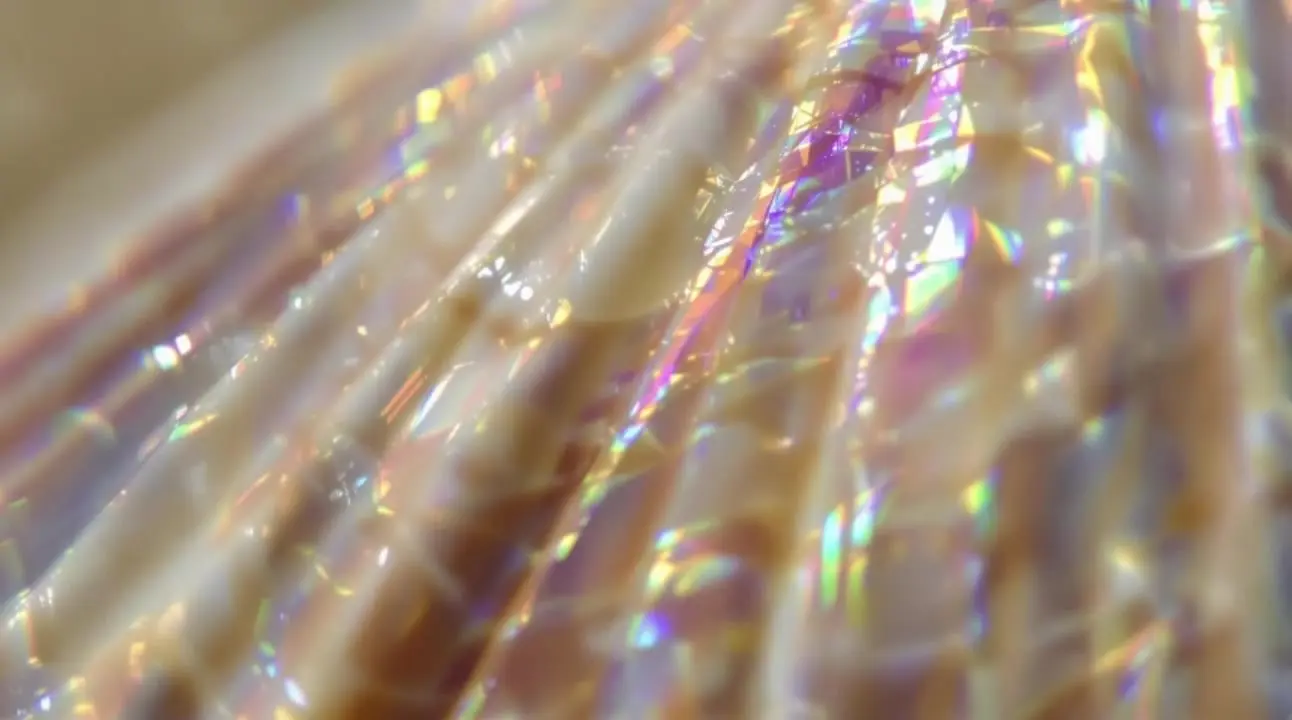
flux-1-1-pro/ultra/text-to-image
Dive into 2K worlds of photorealism.
Transform images with temporal reasoning for realistic edits, dynamic lighting, and structural consistency using Chrono Edit LoRA's intelligent image-to-image framework for creators and simulation research.
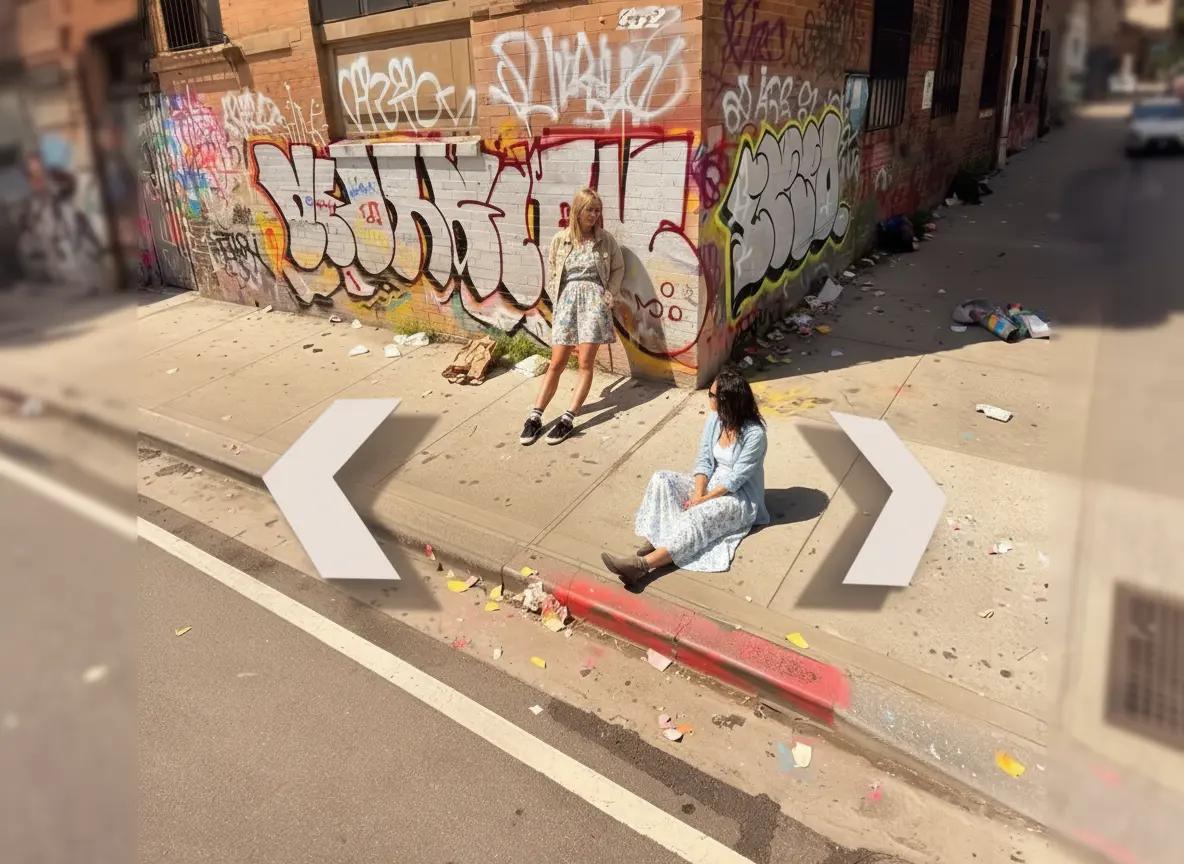
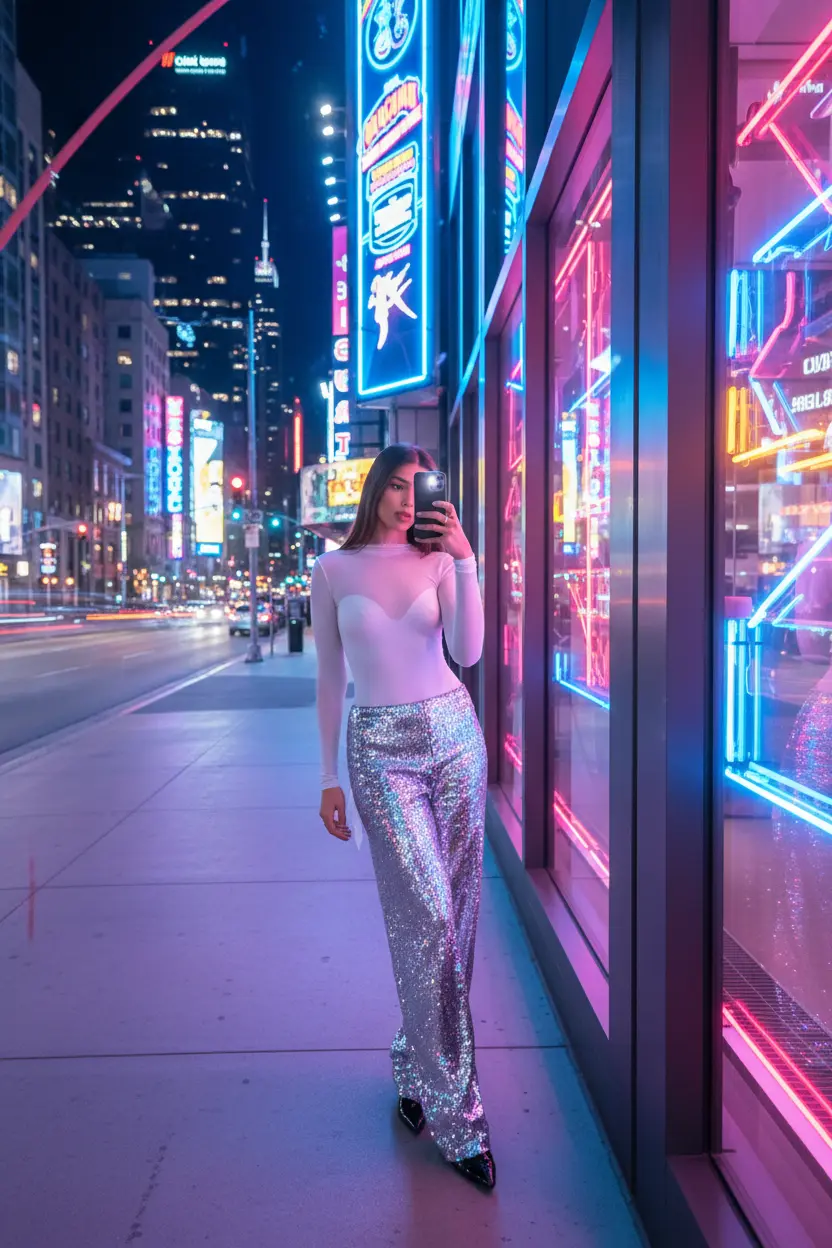

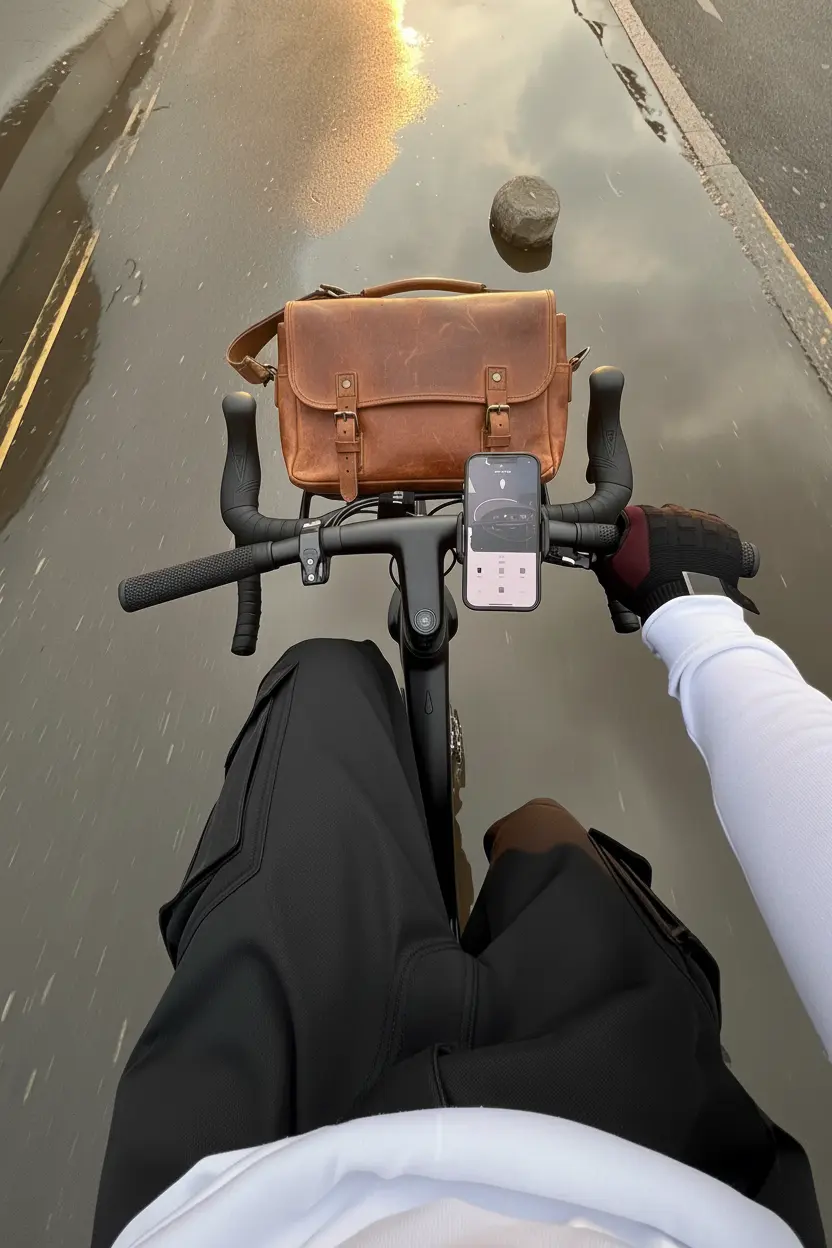
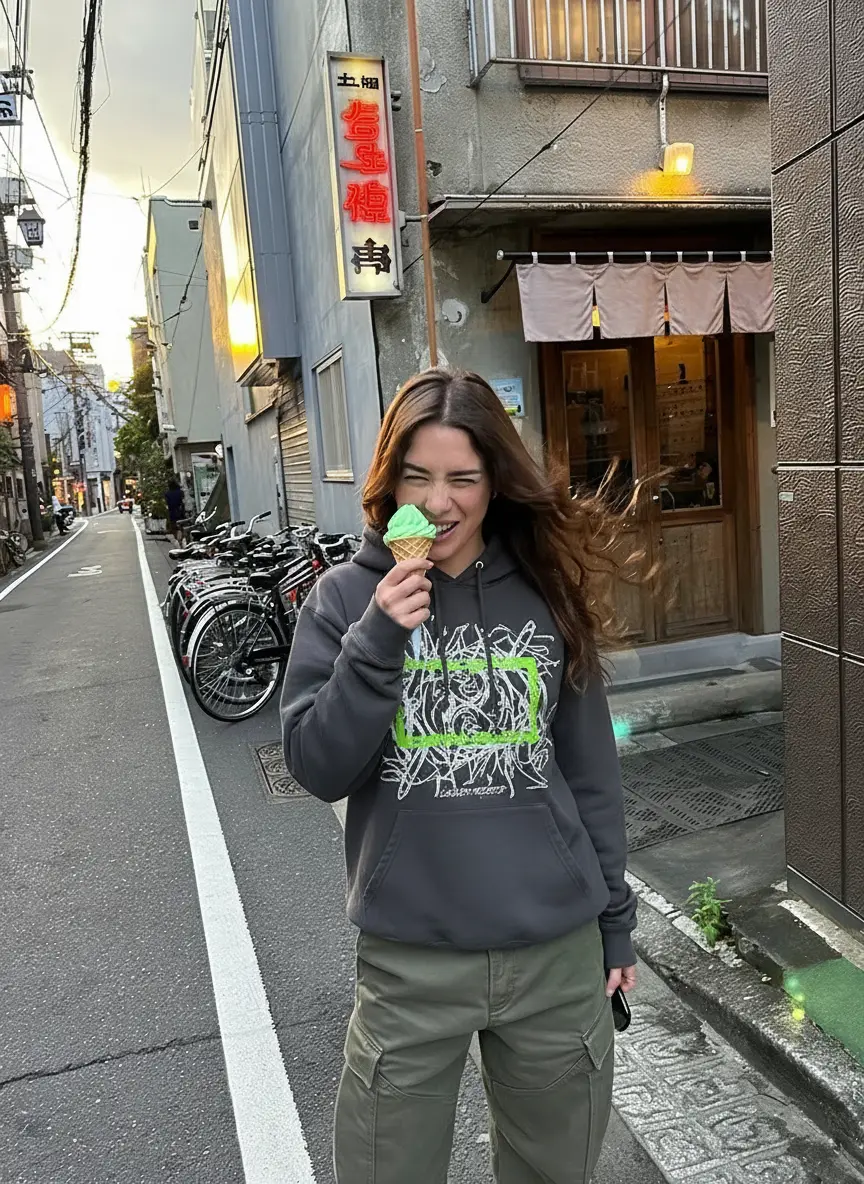
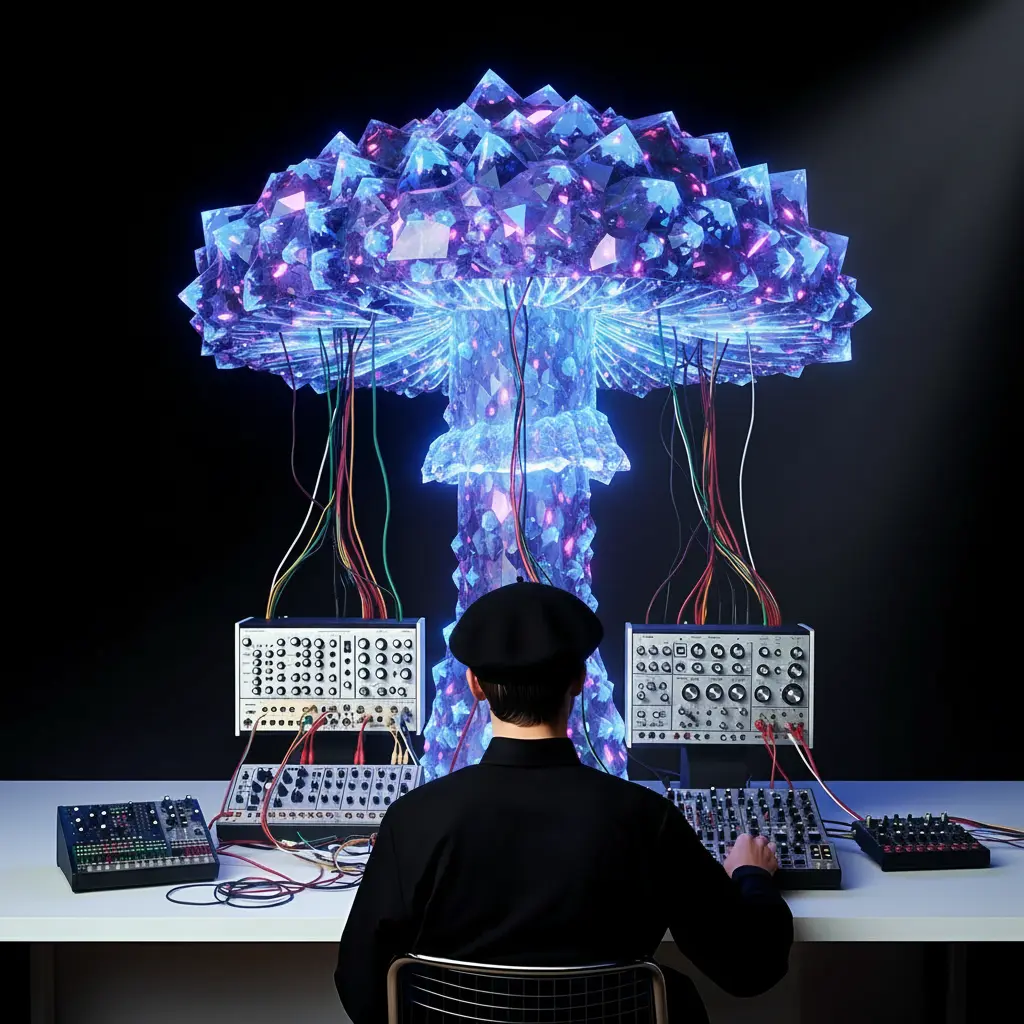
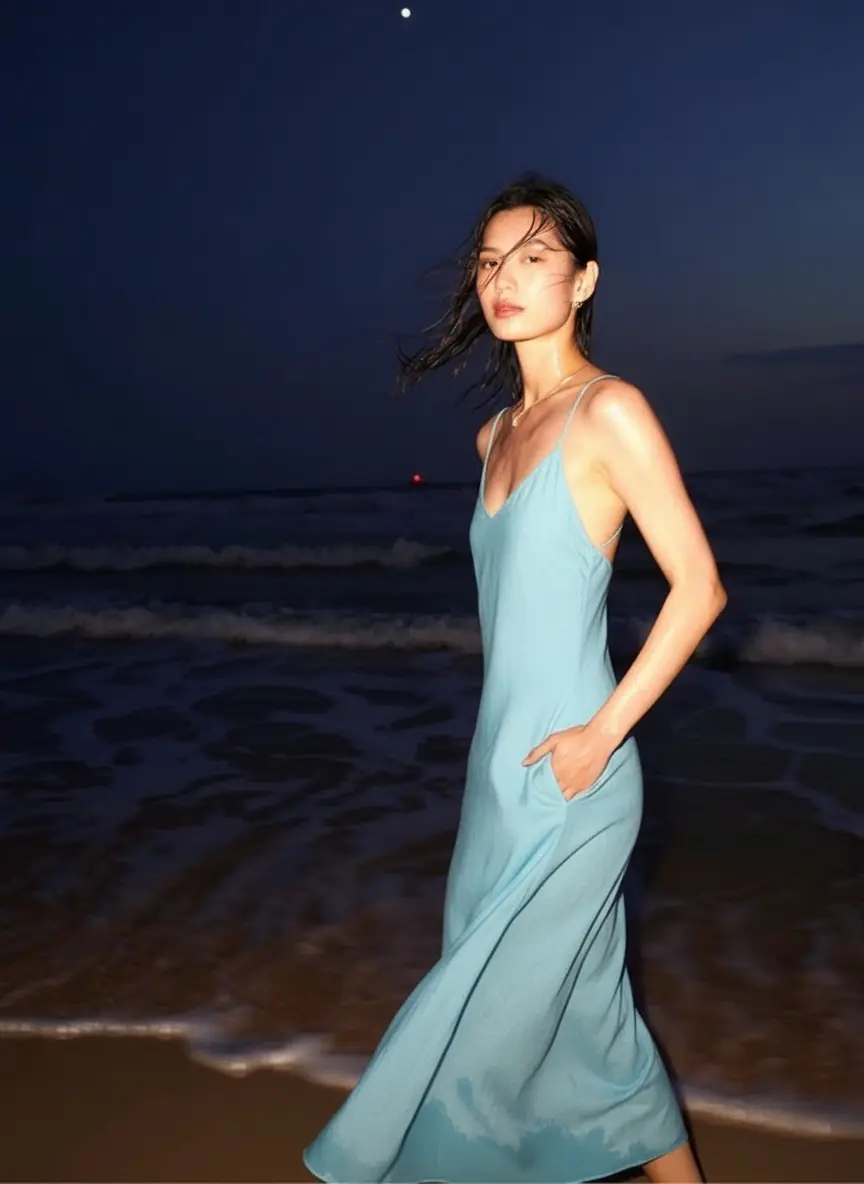
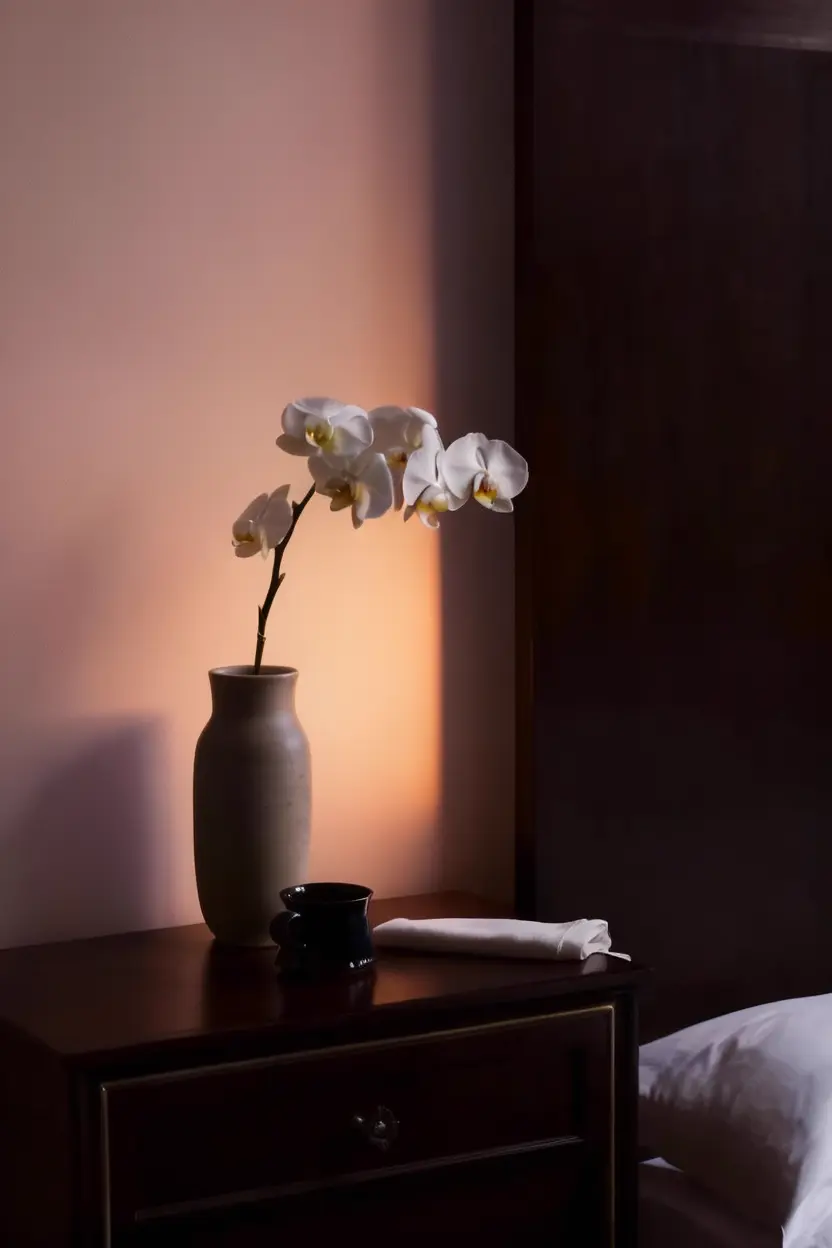


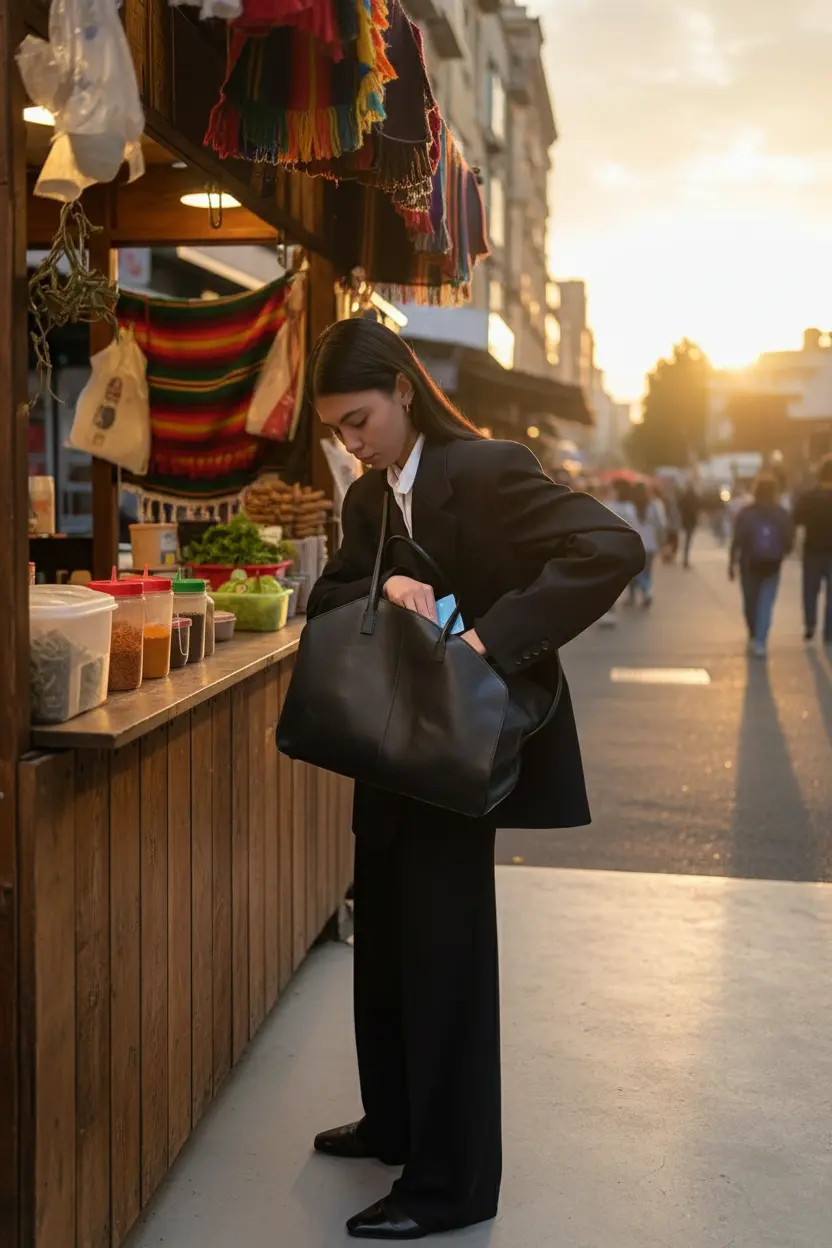

Chrono Edit LoRA is a structure-preserving image-to-image editor that applies temporal reasoning to keep geometry, materials, and illumination coherent while you make targeted changes. It prioritizes edits that align with the scene's depth and causality, producing realistic outcomes without unnecessary re-synthesis. Designed for creators and simulation workflows, Chrono Edit LoRA balances fidelity with speed, maintaining consistent lighting and texture response across iterative passes. The LoRA adapter provides controlled style transfer or domain alignment without destabilizing the base image.
Key capabilities:
Start with a precise base image_url and, if needed, a mask_url where black marks areas to change. In the prompt, describe the desired edit and explicitly state what to preserve to prevent drift. Specify lighting intent, materials, and spatial constraints in clear, concrete language. Adjust num_inference_steps and guidance_scale to trade off prompt strength against source fidelity; tune lora_scale to control adapter influence. For reproducibility, set seed; choose 480p or 720p based on detail needs and select an output format suited to your pipeline. With Chrono Edit LoRA, concise prompts paired with clean masks yield predictable, high-fidelity results.
Examples:
Pro tips:

Dive into 2K worlds of photorealism.

Generate images fast from text prompts with Wan 2.2 Flash.

Sync image edits, remixes, reframe, and background swaps for film.

Generate studio-grade visuals with 4K clarity, creative control, and smart adaptive lighting

Precise text rendering & multilingual edits for visual pros

Edit and fuse images into high quality results with Seedream 4.0.
Chrono edit lora is an advanced AI image editing framework developed for high-quality image-to-image transformations. It uses temporal reasoning to simulate realistic transitions between input and edited images, making visual results more physically and contextually consistent.
Chrono edit lora is ideal for designers, visual artists, and simulation researchers who need precise, realistic image-to-image editing with accurate motion and lighting continuity. Its temporal modeling makes it particularly useful in physically consistent visual scenarios.
While chrono edit lora offers some free credits when accessed through Runcomfy’s playground, continued image-to-image editing requires paid credits. The specific credit pricing can be reviewed in the Generation section of the Runcomfy platform.
Compared to previous models, chrono edit lora stands out for its use of temporal reasoning tokens, which simulate transformation trajectories during image-to-image editing. This approach enables smoother edits that maintain logical motion and structural fidelity.
With chrono edit lora, users can expect high-resolution, artifact-free outputs that preserve realistic structure and lighting transitions. The image-to-image process feels more natural thanks to its temporal and physics-aware modeling framework.
Chrono edit lora can be used directly through Runcomfy’s web-based AI playground, which supports both desktop and mobile browsers. This makes the image-to-image editing process easily accessible without local installation.
Chrono edit lora requires adequate computational resources for optimal results, especially when dealing with large or complex image-to-image tasks. The lightweight and Turbo variants help reduce compute demands but may trade off minor detail quality.
Yes, chrono edit lora can represent motion trajectories implicitly during the image-to-image process by analyzing how objects might realistically move or transform across frames—offering more dynamic and authentic changes.
Chrono edit lora offers temporal reasoning, multi-resolution editing, and efficient inference with reasoning token optimization. For image-to-image editing, these features provide both speed and visual consistency across complex transformations.